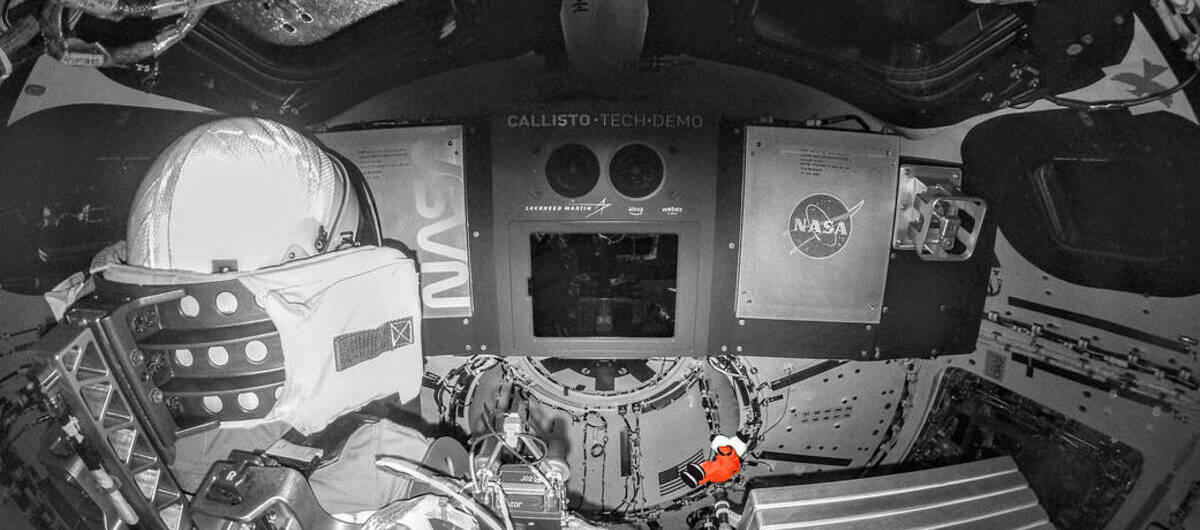Human beings once again have before them the possibility of sending people to the Moon. Although this is perhaps the most striking aspect of the Artemis program (with Artemis I already in orbit), the objectives are more ambitious than that. In addition, one of the most striking points of the mission is that it will be manned by a computer: Callisto.
This is a collaboration between companies such as Lockheed Martin, Cisco and Amazon, with the artificial intelligence (AI) Alexa as mediator between the spacecraft and us. In this Befree blog post we explain how Callisto works and how we can follow this space mission from our couch at home.
Callisto: a computer in charge of a spacecraft
Artemis I took off with some time problems, as it had to be delayed, but it is already in orbit. This mission is part of the Artemis program, which will be discussed in more detail later. The short-term objective is to fly around the Moon and test a series of technologies.
One of them is Callisto. This flight is manned by on-board computers, and Callisto is perhaps the most important of all. Created from a collaboration between Lockheed Martin, Cisco and Amazon, it is an iPad. The intention is to demonstrate how voice technology, AI and video conferencing technologies have a place in space.
Callisto’s reason for existing is to test a system that provides real-time information and communication to the crew. This is because Artemis II will be the program’s first manned flight, and it will take place in the Orion capsule.
How to contribute our bit to the cause
NASA wanted to involve those who have stayed on Earth in the Artemis I project. To begin with, the US organization is inviting several personalities to travel virtually to the spacecraft. This will make it possible to test how these technologies work inside the capsule.
For another, Amazon is making it possible to find out data about the course of the mission with just five words. It is enough to say “Alexa, fly me to the Moon” for the AI to explain data about Artemis I, its position or the status of the capsule. Finally, Cisco allows our messages to travel to space. If we want to send a message to Callisto, we can do it from the Lockheedmartin website or from the Explore Orion app. Just type the message, a nickname and the message will be projected on the capsule.
The goal of Artemis I
The range of goals of NASA’s Artemis program is broad, but has the Moon at its core. Among other objectives, Artemis seeks to make space travel to our satellite a routine, a constant, in order to pave the way for more ambitious goals. Making trips to the Moon a regular occurrence brings us closer to making trips to Mars, for example, a regular occurrence.
Since landing on the Moon is expensive and complicated, the intention is to establish a sustainable presence on the Moon and in its orbit. That is, to create a base similar to the International Space Station in the Moon’s orbit. Astronauts and spacecraft will arrive there to settle in a stable place.
On the other hand, the Artemis program will also emulate the mythical 1969 Apolo 11 mission. The intention is to send a man and a woman to the Moon, recreating the trip with Louis Armstrong at the head.






